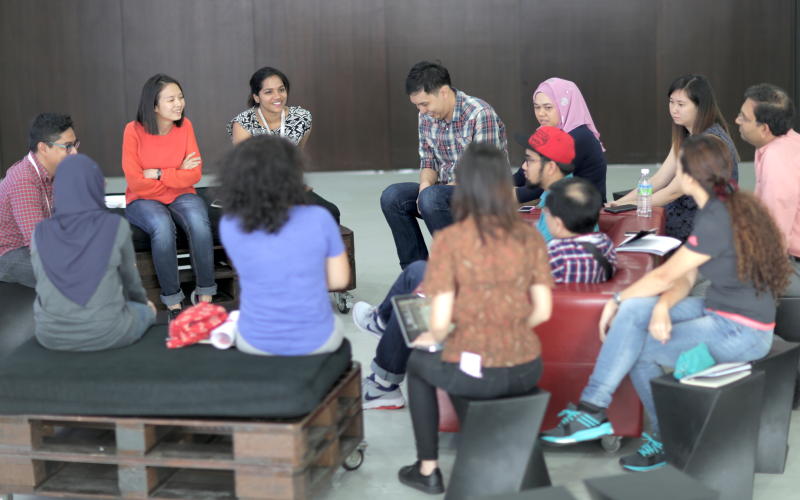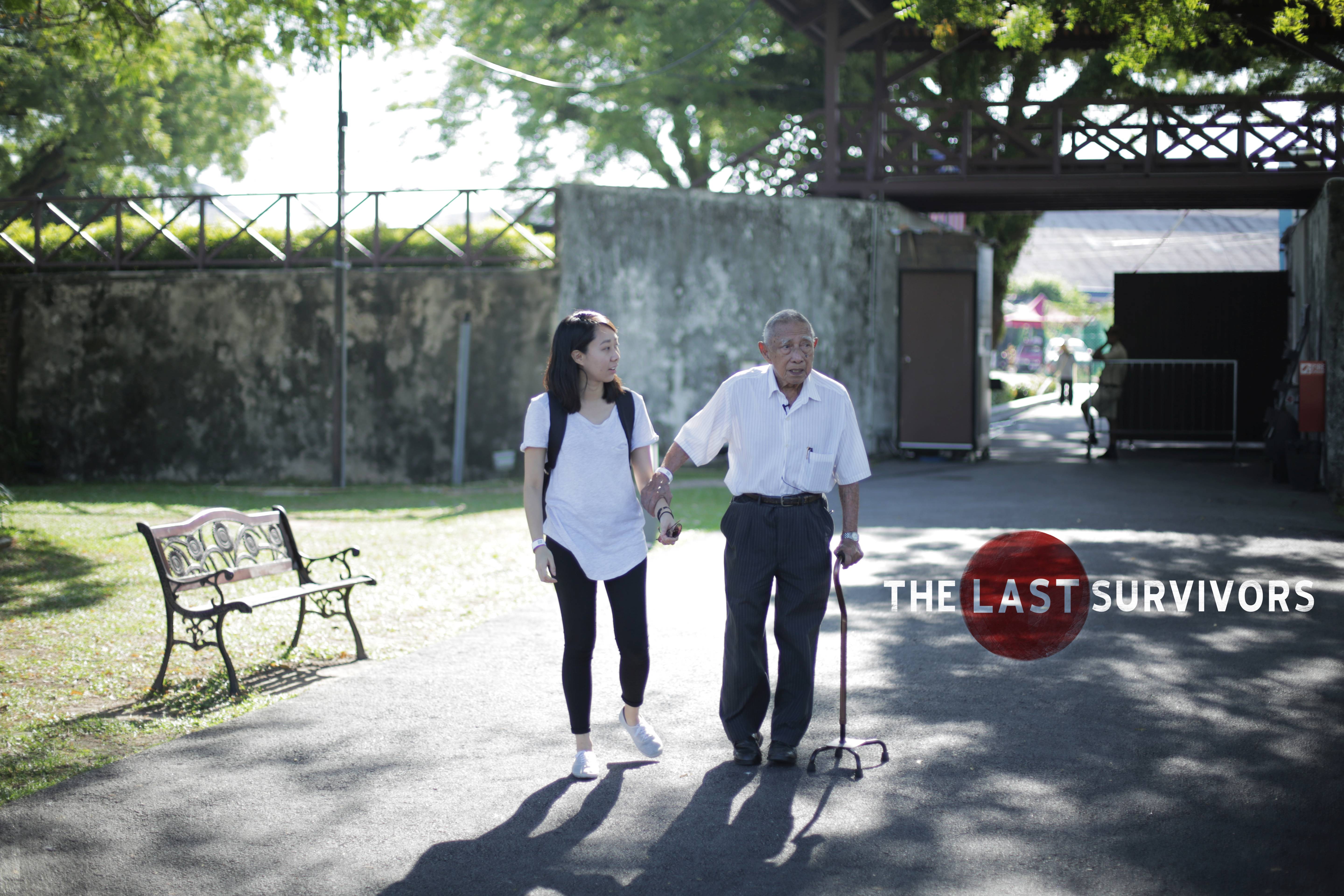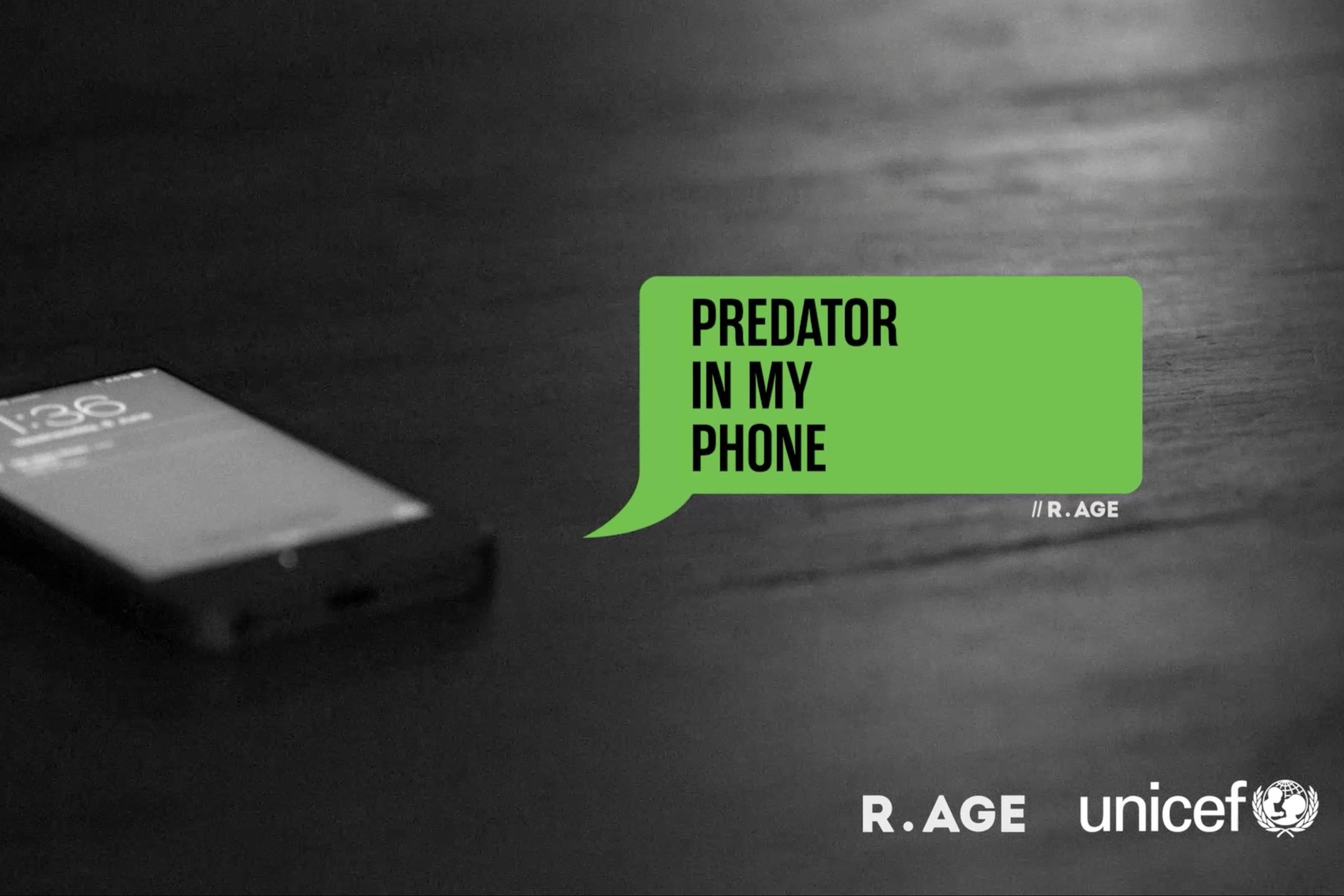DESIGN thinking is a foreign concept to most Malaysians, but those who use it say it can change not only us, but the entire country for the better.
Used by architects since the early 70s in the United States, Stanford professor David Kelley took the concept and adapted it for businesses.
He eventually created Stanford’s successful d.school Institute of Design, which brings together students from different backgrounds to find solutions to real-world challenges using design thinking.
Mohd Azman Mohd Ismail, 32, is the “Innovation Alchemist” (or director of revenue management/project manager) of Genovasi, a similar design thinking school in Malaysia.
He explained that design thinking is all about empathising with consumers or the intended beneficiaries or the idea.
By focusing on the end user instead of an end result, you have a clearer idea of what the problem is, so you can find a better solution.
“The beauty of it is that design thinking encourages you to look at things from everyone’s perspective and to figure out what they want, and what would be the best solution,” said Azman.
“It’s multidisciplinary by nature as it requires you to think about design, technology and business,” he added.

Azman giving his lecture during the recent Genovasi workshop. He sees design thinking as playing a big part in nation building.
Design thinking involves five steps: empathise, define, ideate, create and prototype.
And that means you only start defining problems and brainstorming ideas after a period of “empathising” (similar to researching) with your end-user.
Another important part of the process is prototyping. Before the final execution, you should create prototypes that can be tested on the end-user, and from there you can go through the five steps all over again, until you have a solution that really works.
For example, denim brand Lee applied design thinking into its process and found that consumers in Asia avoid wearing jeans due to the hot weather. Because of that, they came up with cooler denim – literally.
After testing different materials, it created a jade-infused yarn which created cooler fabrics, and that’s how its award-winning JadeFusion Denim was born.
Azman recalls being very frustrated when he first learnt about design thinking while studying in the US.
As an engineering student, he was used to solving problems, but he found it challenging when asked to solve problems with students from other faculties at a design thinking course.
“I remember this theatre student telling us we should take a walk in the park to figure out a solution, and I was thinking, ‘this person is too laid back, we have a deadline, we need to figure it out now!’
“Eventually I realised it was good to empathise and see where the others in my group were coming from, because when you open your mind you may find solutions you may never have thought of, since you were stuck in just one perspective,” said Azman.

Yee (in orange) during the workshop. She said design thinking is embedded in everything her start-up Go-Get does, and finds it much more creative and open than a traditional corporation.
Genovasi, a regional partner of the Hasso-Plattner Institute School of Design Thinking in Germany, runs design thinking workshops in Malaysia.
Mohd Aliff bin Mohd Sahimi, 29, a recent participant of Genovasi’s workshops, said design thinking helped him figure out not one, but five possible solutions for a real-life problem he had at work.
“I lacked engagement with my coworkers, but I now see I lacked empathy and was too result-driven. With design thinking, I’ve managed to come up with five possible solutions that I plan to test back in my workplace,” said the Tenaga National Board Janamanjung engineer.
A new way of thinking
Foo Yee Zhen, 24, works as an operations executive for local startup Go-get, where one of the co-founders is a Genovasi workshop alumni – and it shows.
“My former workplace was more close-minded and dismissive of new ideas, so I didn’t learn much. Our co-founder applies design thinking into everything she does, which results in a more productive and open-minded work environment,” she said, adding that one of the key principles of design thinking was deferring judgement on others.
Marketing executive Shawn Keng, 28, attended a workshop last year but admitted that he hasn’t had the chance to apply the concept at work.
“There are so many standard operating procedures employees must adhere to. However, I do keep in mind the need to empathise with everyone,” said Keng.
But with design thinking in mind, he started BioMedKL, a symposium for scientists to network, collaborate and discuss the future of biomedical science in Malaysia.
Having studied biomedicine in university, Keng says he’s aware how sterile the lab environment can be.
“Scientists are so focused on the research and tasks at hand they forget to relate to the end user. Now I try to speak to as many people as possible – even those not relevant to the product – to get as much feedback as possible to improve both the product and their lives.”
Azman added that our education system needs to encourage more conversation between people from different faculties, and to encourage creativity.
“There’s this mentality that those who do arts are not smart. Malaysians are good at memorising and repeating answers, but are these answers the best or most innovative for the end-user?”
Helping those in need
Social innovation firm Tandemic, also huge believers in design thinking, often partners with companies and NGOs for cause-based projects.
Project coordinator Marina Danker emphasised the need for sustainability in every project, rather than simply asking for money.
“The idea of charity isn’t something practitioners of design thinking like to depend on. We focus on empowering those in need, to realise their full potential and to show them their lack of money or opportunities is not what defines them,” said Danker, 25.
“Design thinking makes you see that it’s not just about finding a solution, but more on what happens after that solution.

Danker (in red) and her team at social innovation firm Tandemic always use design thinking to brainstorm suitable solutions for all areas of advocacy.
Together with an NGO (which they declined to name), Tandemic used design thinking as a way to get refugee children and their mothers more involved in school meals.
They built a small food stall, and asked the children themselves how much they would pay for a meal.
“After defining the problem and brainstorming together, we built a stall with the kids.
“Since they’re not allowed to sell things at school, we asked the mothers to help man the stall, which also taught them about micro-entrepreneurship,” said Danker.
Instead of only consulting men and women in high positions when creating campaigns, Tandemic sees the value in going to the grassroots to find solutions.
“There are a lot of campaigns and awareness programmes, but I always wondered why most don’t stick in your head. The impact is incredible if you look at the tiny details and talk to people about what they really want,” said Danker.
For Azman, he sees great potential for Malaysia if more people adopt design thinking.
“To me, this is part of nation-building. You see a positive behavioral change that results in innovative and user-friendly solutions. More people practicing design thinking will help build a better Malaysia.”





Tell us what you think!